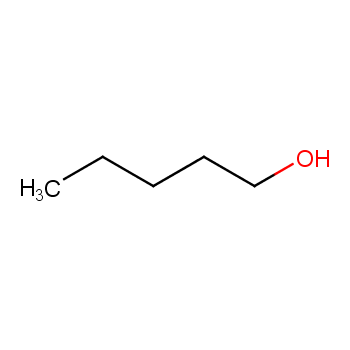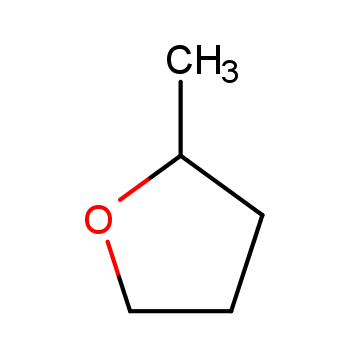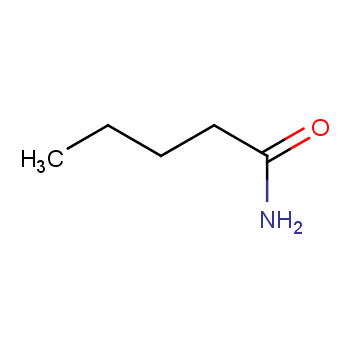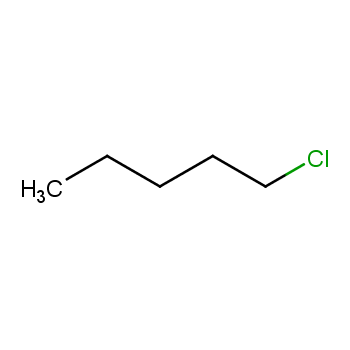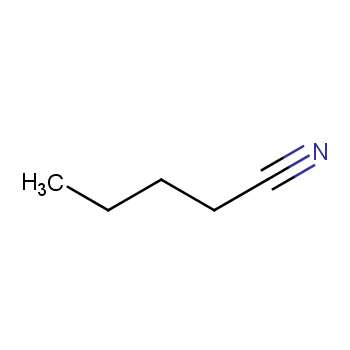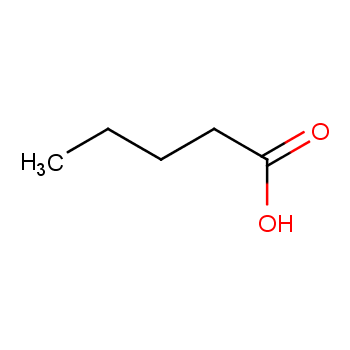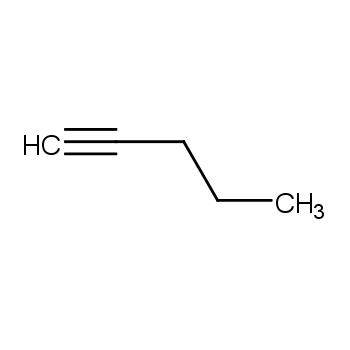Signal: Danger
GHS Hazard Statements
Aggregated GHS information provided by 1148 companies from 17 notifications to the ECHA C&L Inventory. Each notification may be associated with multiple companies.
H225 (100%): Highly Flammable liquid and vapor [Danger Flammable liquids]
H315 (29.36%): Causes skin irritation [Warning Skin corrosion/irritation]
H317 (70.64%): May cause an allergic skin reaction [Warning Sensitization, Skin]
H319 (97.74%): Causes serious eye irritation [Warning Serious eye damage/eye irritation]
H332 (97.56%): Harmful if inhaled [Warning Acute toxicity, inhalation]
H335 (82.58%): May cause respiratory irritation [Warning Specific target organ toxicity, single exposure; Respiratory tract irritation]
Information may vary between notifications depending on impurities, additives, and other factors. The percentage value in parenthesis indicates the notified classification ratio from companies that provide hazard codes. Only hazard codes with percentage values above 10% are shown.
Precautionary Statement Codes
P210, P233, P240, P241, P242, P243, P261, P264, P271, P272, P280, P302+P352, P303+P361+P353, P304+P312, P304+P340, P305+P351+P338, P312, P321, P332+P313, P333+P313, P337+P313, P362, P363, P370+P378, P403+P233, P403+P235, P405, and P501

 EN
EN









